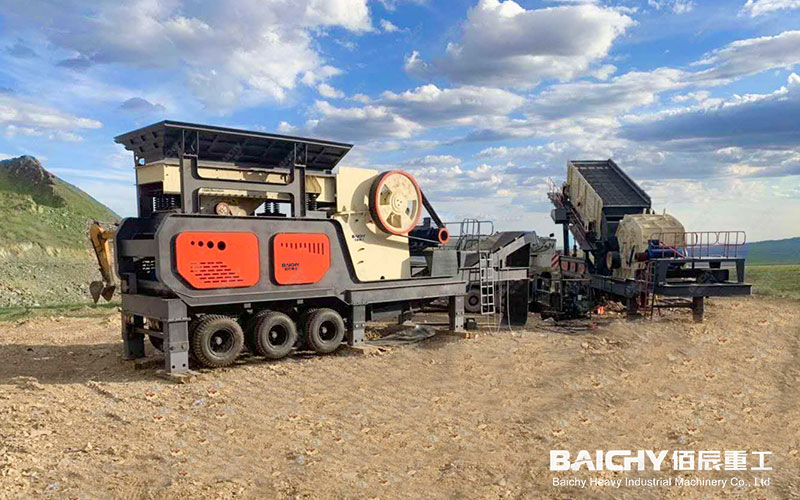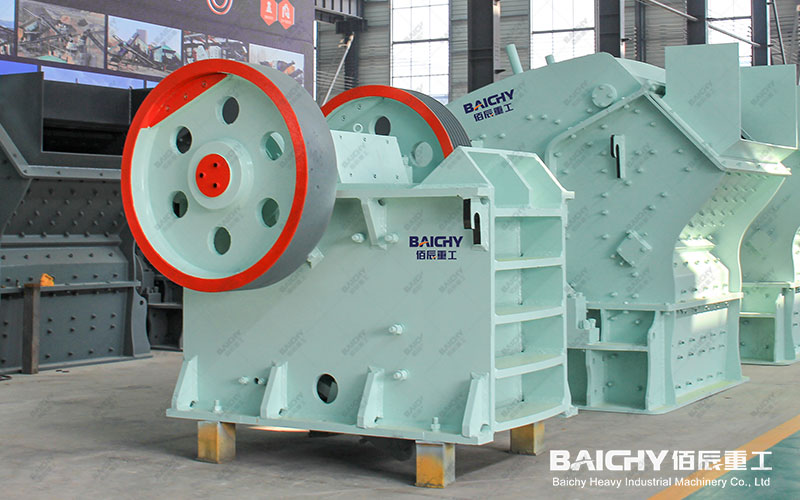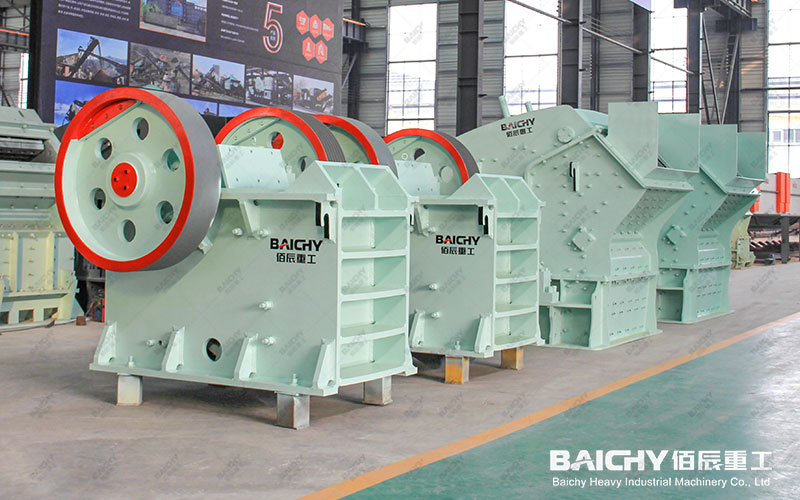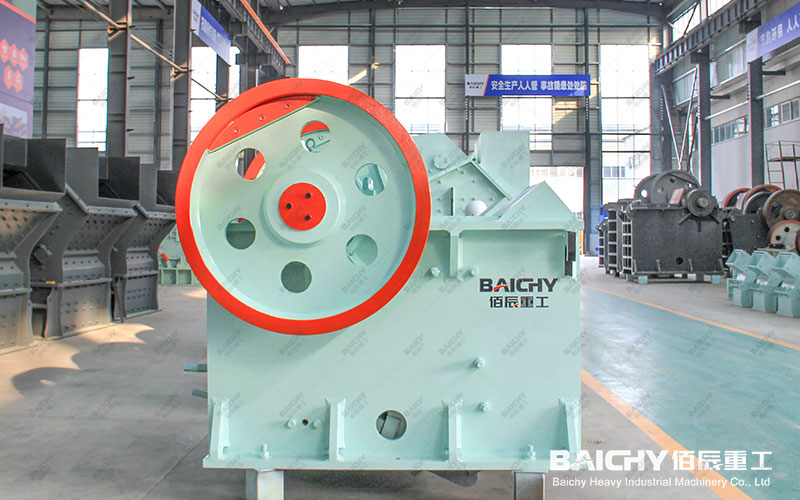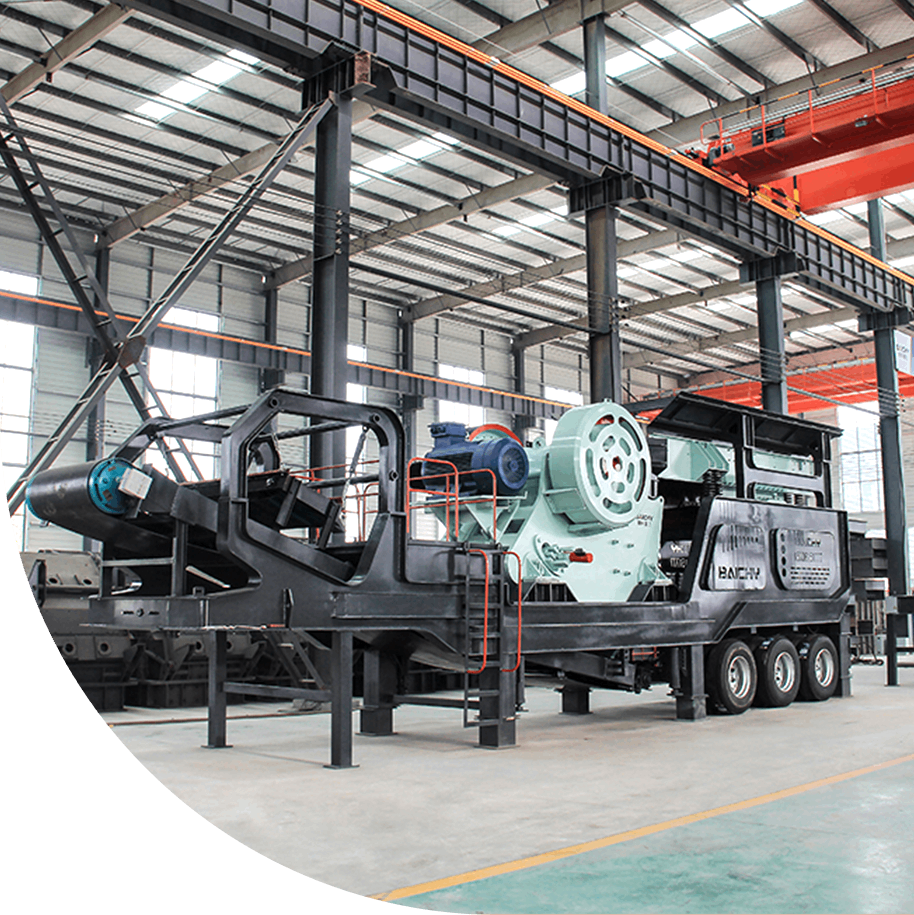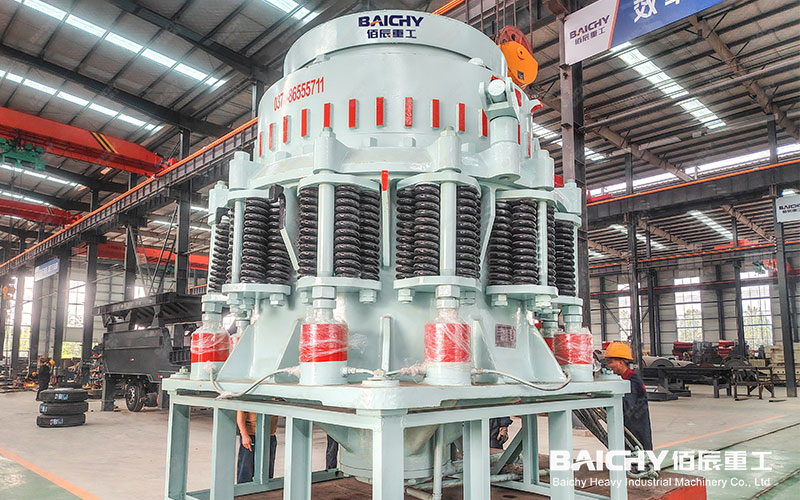
In mining and sand and gravel aggregate production lines, the Symons cone crusher is highly favored for its stable performance and high crushing efficiency. However, as the core crushing equipment, its key internal components gradually fail after long-term exposure to severe impact and wear, directly affecting production efficiency and product quality. Therefore, familiarity with the main wearing parts of the Symons cone crusher and their scientific replacement standards is an essential skill for equipment managers and is key to reducing costs and increasing efficiency.
This article will systematically identify the "vulnerabilities" of the Symons cone crusher and provide a clear replacement guide to help you perform preventive maintenance and maximize the life of the equipment.
I. List of Main Wear Parts of the Symons Cone Crusher
Wear parts can be considered "consumables" that are essential for normal equipment operation. Regular inspection and replacement are essential to ensuring production continuity. The main wearing parts of the Symons cone crusher include:
1. Crushing wall (moving cone liner): Mounted on the main shaft, this is the core component that directly contacts the material and performs the extrusion and crushing.
2. Mortar Wall (Convex Cone Liner): Fixed to the adjustment sleeve, it forms the crushing chamber with the crushing wall, and together they crush the material.
3. Shaft Bushing (including the eccentric bushing and main shaft bushing): Serves as the core support of the transmission system, ensuring the oscillating motion of the movable cone. It demands extremely high manufacturing precision and wear resistance.
4. Wear Plates: Located at the feed inlet, distribution plate, and other locations, they prevent material from directly impacting the machine body.
5. Sealing Elements: They prevent dust from entering the lubrication system and lubricating oil leakage, ensuring the long life of precision components such as bearings.
II. Detailed Replacement Standards for Core Wear Parts
1. Replacement Standards for the Crushing Wall and Mortar Wall
This pair of liners is the component most susceptible to wear and requires the most frequent replacement. Never wait until the liners are completely worn out before replacing them. Doing so will severely damage the cone and machine body, resulting in greater economic losses. • Wear Standard: When the maximum wear depth of the liner reaches 60%-70% of its original thickness, replacement should be considered. This can be determined by measuring the liner weight loss or by directly measuring the remaining thickness at key locations.
• Output and Efficiency Standard:
◦ Coarsening of Finished Product Particle Size: When the proportion of unqualified particles in the output material continues to increase and adjustment of the discharge opening fails to effectively improve the situation, this indicates that liner wear has altered the actual crushing chamber shape.
◦ Significant Production Capacity Drop: Under the same feed conditions, the main machine current decreases, resulting in a significant decrease in unit time output.
• Visual Inspection Standard: If localized cracking, chipping, or severe plastic deformation occurs, the machine must be shut down and replaced immediately to prevent broken liner metal from causing devastating damage to the equipment's internal components.
2. Shaft Sleeve Replacement Standard: Shaft sleeve wear directly affects the trajectory and stability of the moving cone, so careful judgment is required.
• Clearance Standard: Measure the "play" of the moving cone or use specialized instruments to check the clearance between the eccentric sleeve and the main shaft. When this clearance exceeds the maximum allowable value specified in the equipment manual (usually 1.5-2 times the value of a new machine), replacement is required.
• Operating Status Standards:
◦ Abnormal Noise: Regular, heavy knocking or grinding sounds occur during operation.
◦ Abnormally High Lubricating Oil Temperature: Due to the increased wear clearance, the oil film cannot form properly, resulting in increased frictional heat generation and persistently high oil return temperature.
• Shutdown Inspection: During an overhaul, if severe scratches, peeling, or burning are found on the inner surface of the sleeve, the sleeves must be replaced in pairs.
III. Precautions for Replacing Wear Parts
1. Paired Replacement Principle: It is strongly recommended to replace both the crushing wall and the mortar wall at the same time. Replacing only one of them will result in poor meshing between the new and old liners, accelerating wear of the new liner and failing to achieve the desired performance.
2. Ensure Part Quality: Use original or reputable, high-quality parts. Inferior liners not only have a shortened lifespan, but uneven wear and potential internal cracks can cause hidden damage to the equipment.
3. Professional Operation: Replacing precision components such as liners and bushings requires specialized tools and strict installation procedures (e.g., ensuring the fullness of epoxy resin or zinc alloy castings and bolt tightening torque). It is recommended that experienced technicians perform this operation.
4. Maintaining Good Operational Records: Detailed records of the operating time, material volume processed, and replacement reason for each set of wearing parts will help you more accurately predict the next replacement cycle and optimize spare parts inventory management.
Refined management of Symons cone crusher wearing parts is the cornerstone of achieving safe production and maximizing economic benefits. Establishing a regular inspection system, familiarizing yourself with the "vital signs" of each component, and strictly adhering to scientific replacement standards will ensure your equipment continues to create value.
If you have further questions regarding maintenance for a specific Symons cone crusher model, please feel free to contact us for professional technical support.

The Symons cone crusher (spring cone crusher) is a classic medium-to-fine crushing machine with a wide range of applications.
The Symons cone crusher isn't a one-size-fits-all solution. It's best suited for materials that typically possess the following characteristics:
• Medium-to-high hardness and above: Compressive strength should ideally be above 100 MPa.
• Low abrasiveness: While wear parts can be replaced, highly abrasive materials can significantly increase production costs.
• Low viscosity and moisture content: Materials are less likely to adhere and clog the crushing chamber.
The Symons cone crusher is ideal for processing medium- to high-hardness materials, particularly metal ores (such as iron, copper, and gold) and hard rocks (such as granite, basalt, and river pebbles). It utilizes the principle of laminated crushing to produce high-quality aggregate with uniform particle shape. It can also be used for highly abrasive materials like quartzite and medium-hard materials like limestone, but the cost of wear parts should be carefully considered and the economic advantages should be evaluated.

The structural design of the Simmons cone crusher embodies classic mechanical wisdom:
Drive Path: Motor → Drive Shaft → Small Bevel Gear → Large Bevel Gear → Eccentric Sleeve → Rotating Cone (Oscillating Motion).
Safety Mechanism: Spring release upon overload.
Adjustment: A mechanical adjusting ring raises and lowers the fixed cone assembly.
Understanding these key components and their functions is fundamental to proper operation, maintenance, and repair of this equipment.




